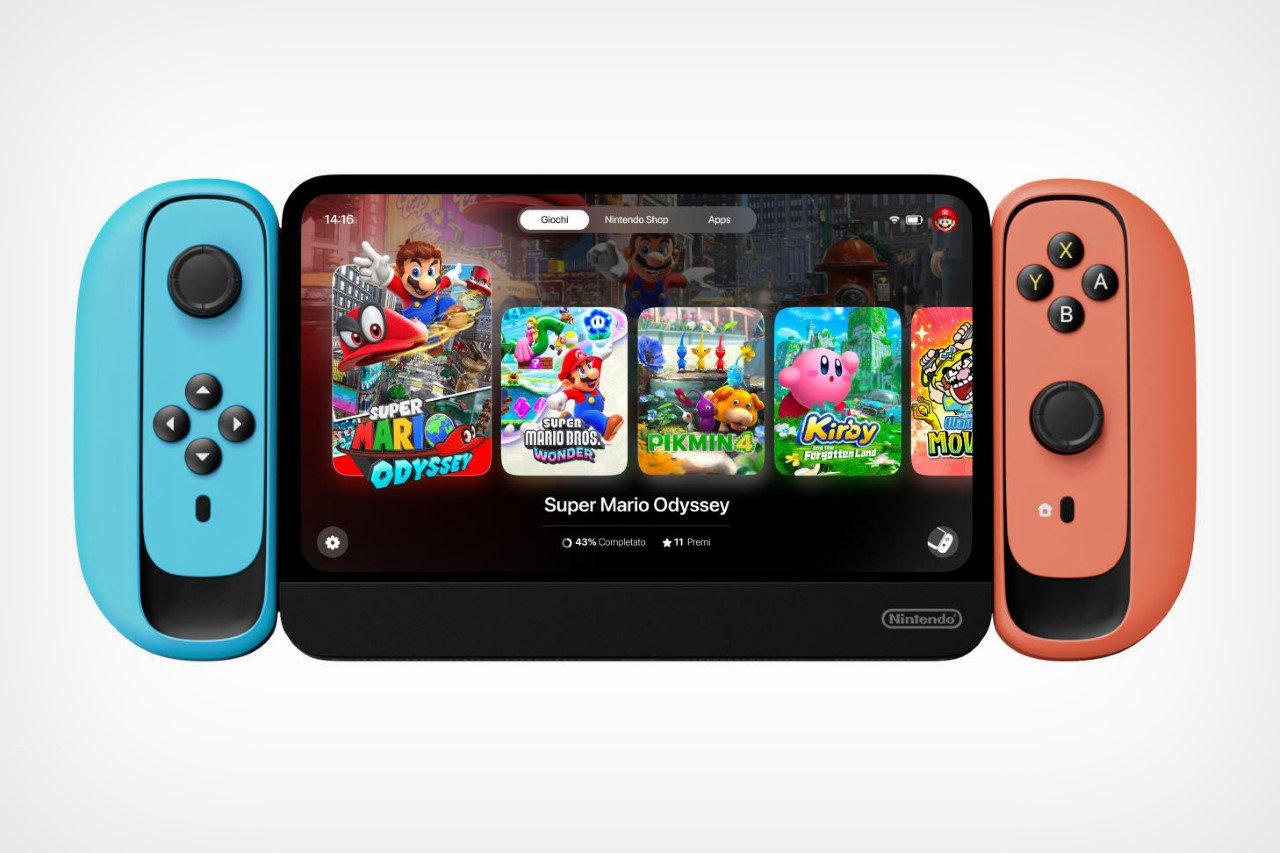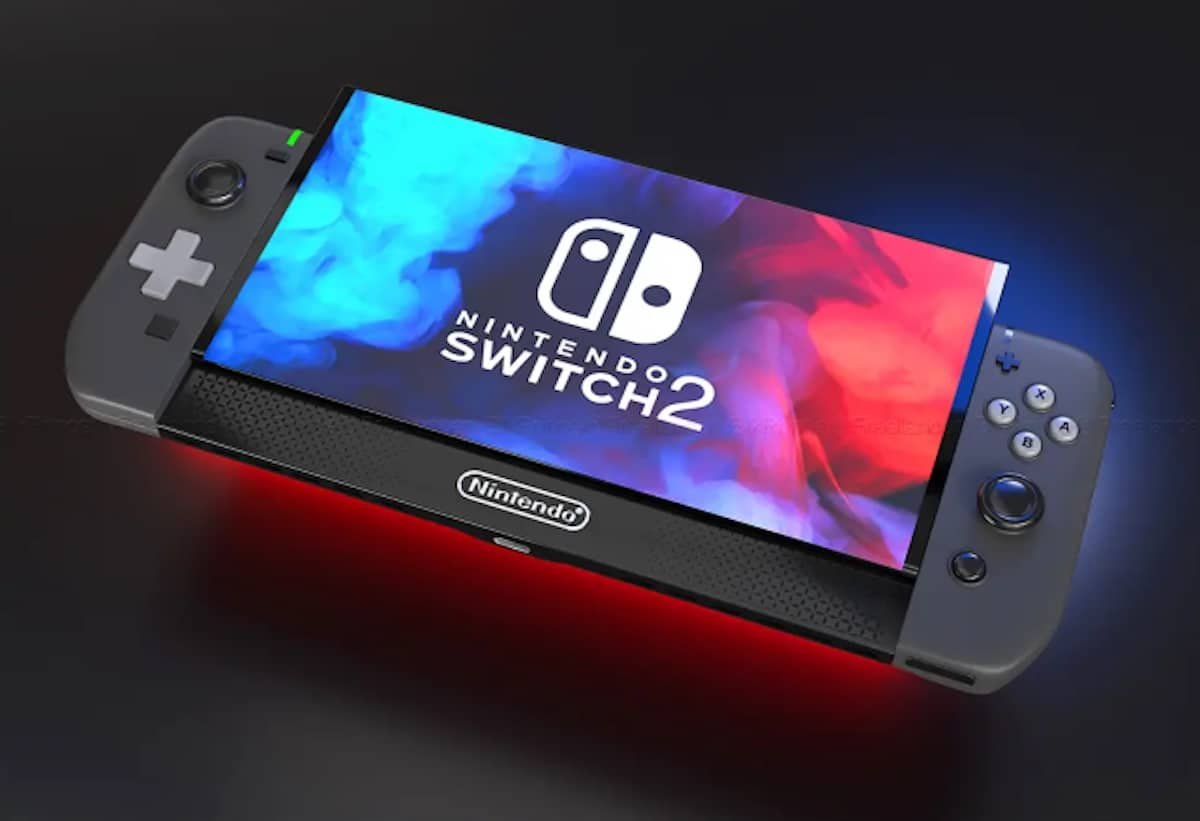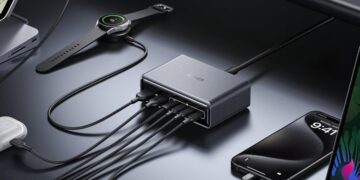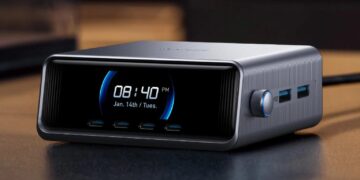Nintendo Switch 2: A Quantum Leap or Incremental Upgrade?

The wait is finally over. After years of speculation, leaks, and fervent hope, the Nintendo Switch 2 has arrived. More than just a refresh, this console represents Nintendo’s attempt to bridge the gap between handheld portability and cutting-edge gaming experiences. But does it succeed? We’ve spent the last two weeks putting it through its paces, and here’s the definitive verdict.
The heart of the Switch 2 is undoubtedly its custom-designed NVIDIA Tegra processor. The performance jump compared to the original Switch is genuinely astounding. Games that struggled to maintain a stable 30fps now run flawlessly at 60fps, even in demanding open-world environments. We’re talking significantly reduced load times, crisper textures, and a level of graphical fidelity previously unimaginable on a portable Nintendo console. Ray tracing, while not universally implemented, adds a welcome layer of visual depth to supported titles. The console finally allows Nintendo to play in the same field as the Playstations and Xboxs.
The design maintains the Switch’s signature hybrid approach, but with significant refinements. The OLED screen is now larger at 8 inches (up from 7 on the Switch OLED), boasting improved color accuracy and brightness. The bezels have been slimmed down considerably, lending a more modern and immersive feel. The Joy-Cons have been redesigned with enhanced ergonomics and more robust connectivity, addressing the infamous “Joy-Con drift” issues that plagued the original. They now magnetically attach to the device.

Build quality feels substantially improved. The Switch 2 feels more premium, with a sturdier chassis and more refined button feel. The dock has also received a facelift, now featuring an integrated cooling system to prevent thermal throttling during extended play sessions. The addition of a second USB-C port on the dock is also a welcome addition.

Beyond the raw power and improved design, the Switch 2 introduces several new features. Nintendo has thankfully embraced modern storage solutions, with a base model offering 256GB of internal storage. The user interface has been streamlined, making navigation smoother and more intuitive. Backwards compatibility with original Switch game cards is present, though digital titles may require patches to take full advantage of the new hardware. Unfortunately, the console still relies on a proprietary online service that leaves much to be desired. While there are improvements, it is still not up to par with Xbox Live or Playstation Network.
The biggest question mark surrounding the Switch 2 is its value proposition. The console is priced higher than the original Switch at launch, putting it in direct competition with more powerful, albeit less portable, consoles. While the performance jump is undeniable, potential buyers need to carefully weigh the benefits of portability against the raw horsepower offered by the competition. Battery life while gaming is mediocre, averaging around 3-4 hours with intensive titles.
Where to Buy:

Nintendo Swich 2 Quick Summary
Key Scores:
- Value: 92%
- Design: 92%
- Performance: 92%
- Quality: 92%
- Popularity: 90%
Top Pros
- ✅ The new Tegra processor allows for significantly improved graphics and performance.
- ✅ Redesigned Joy-Cons offer better ergonomics and connectivity.
- ✅ The larger OLED screen provides a more immersive gaming experience.
Key Cons
- ❌ Battery life is only average and not great for long trips without a charger.
- ❌ The online service still lags behind the competition in terms of features and stability.
- ❌ The higher price point makes it a less accessible option for casual gamers.























